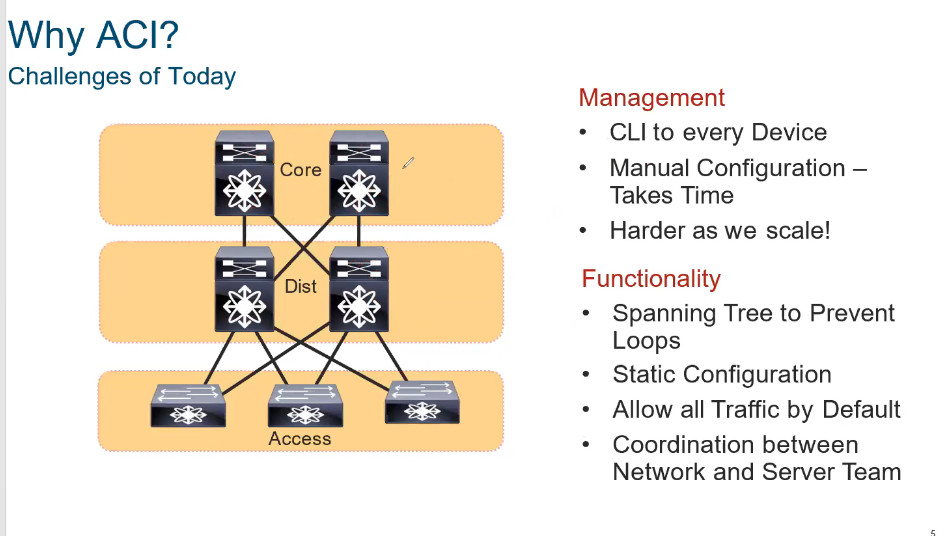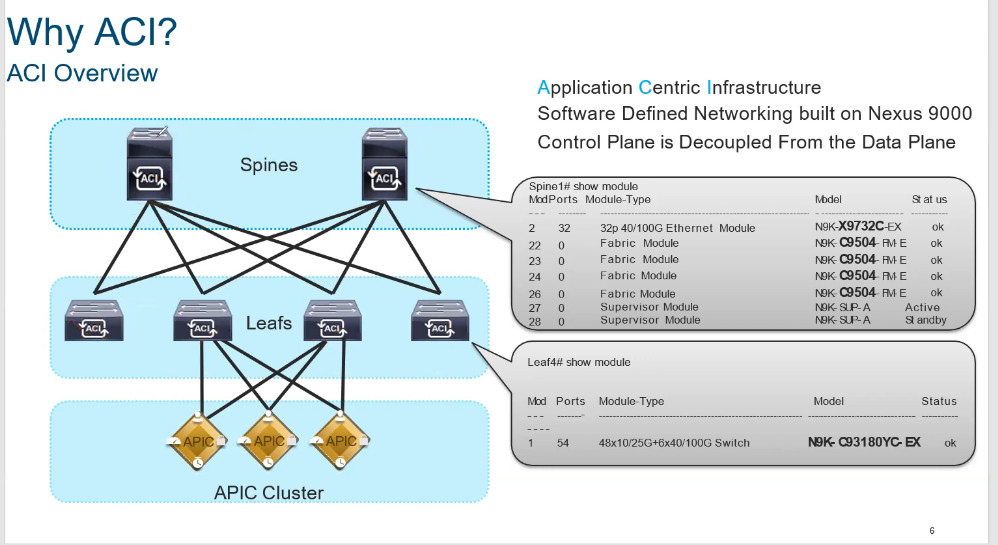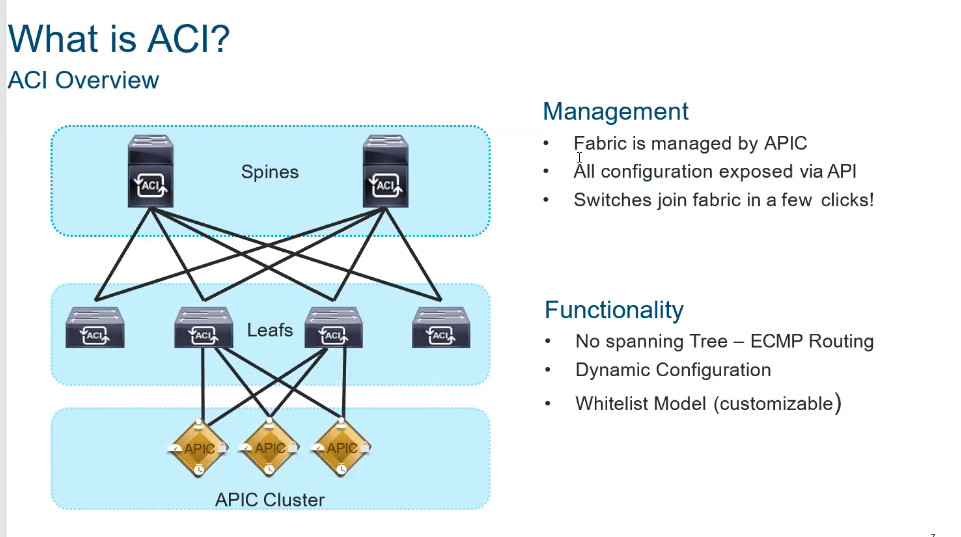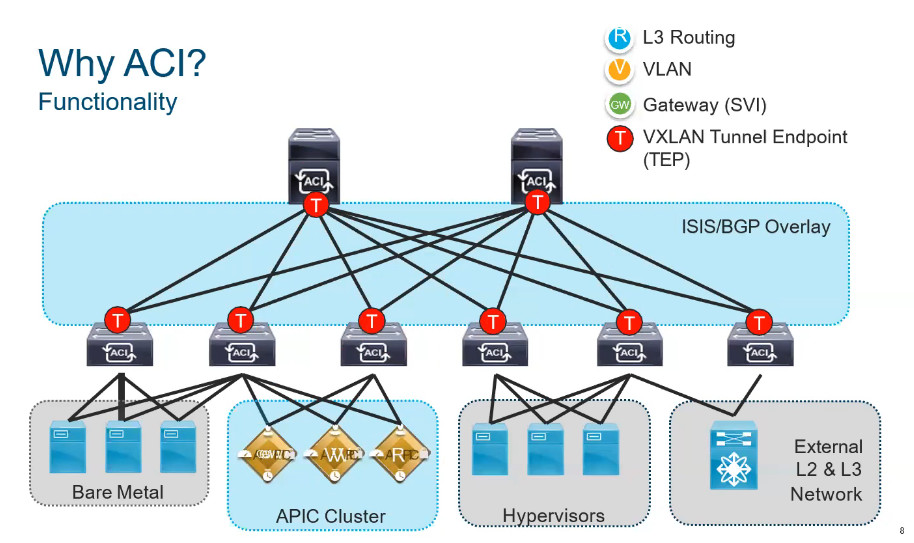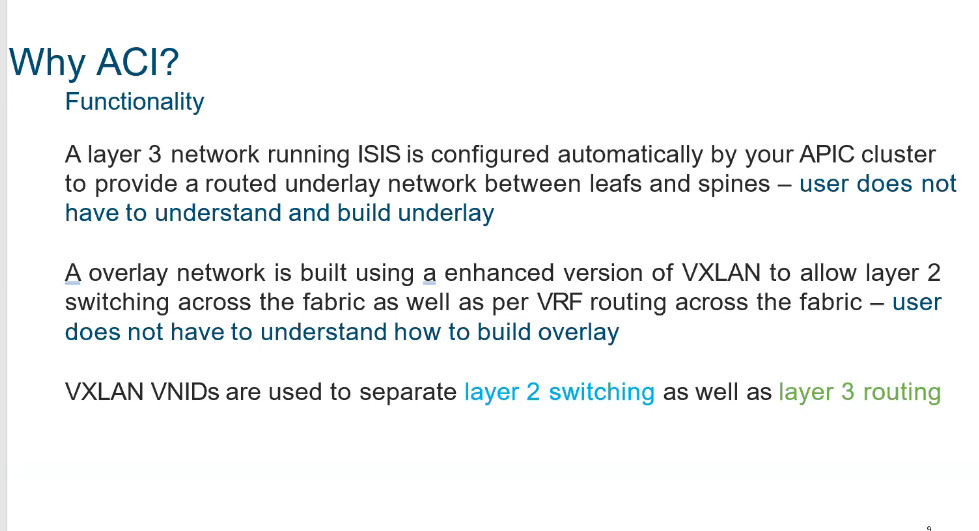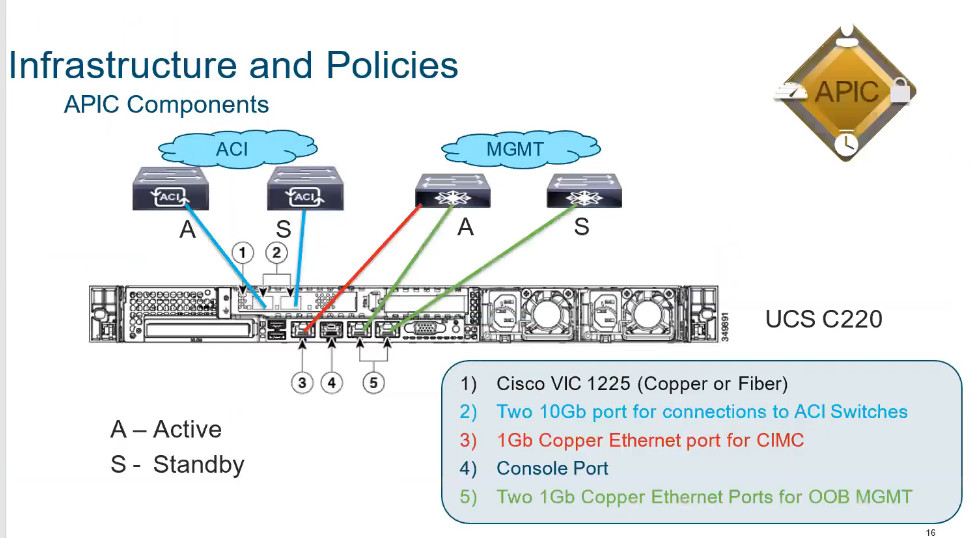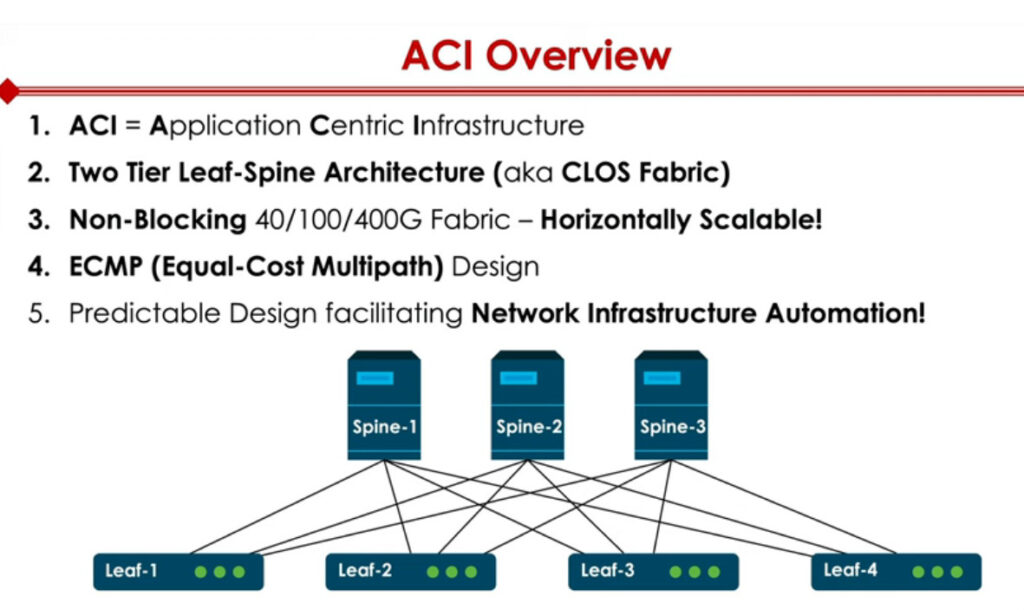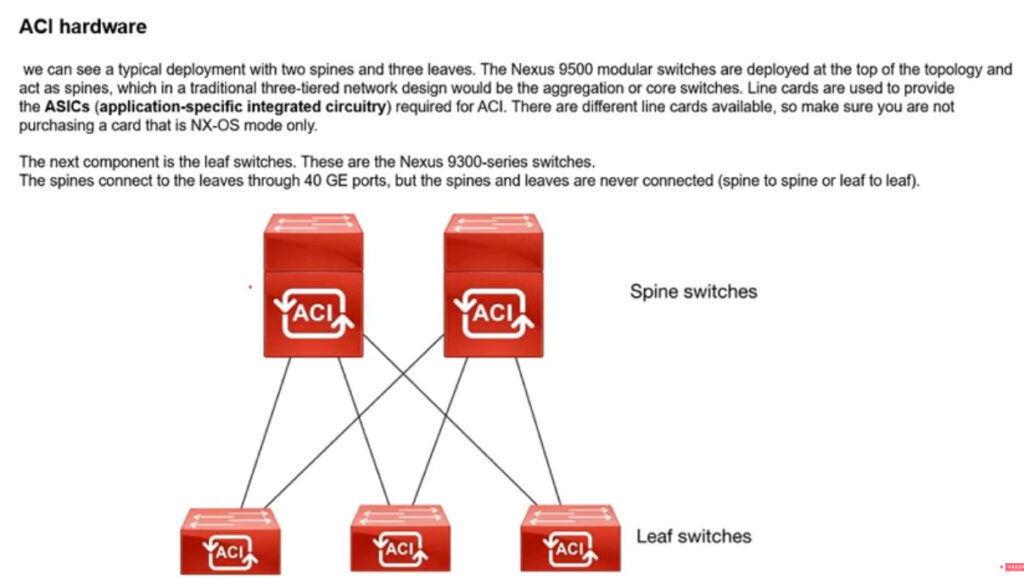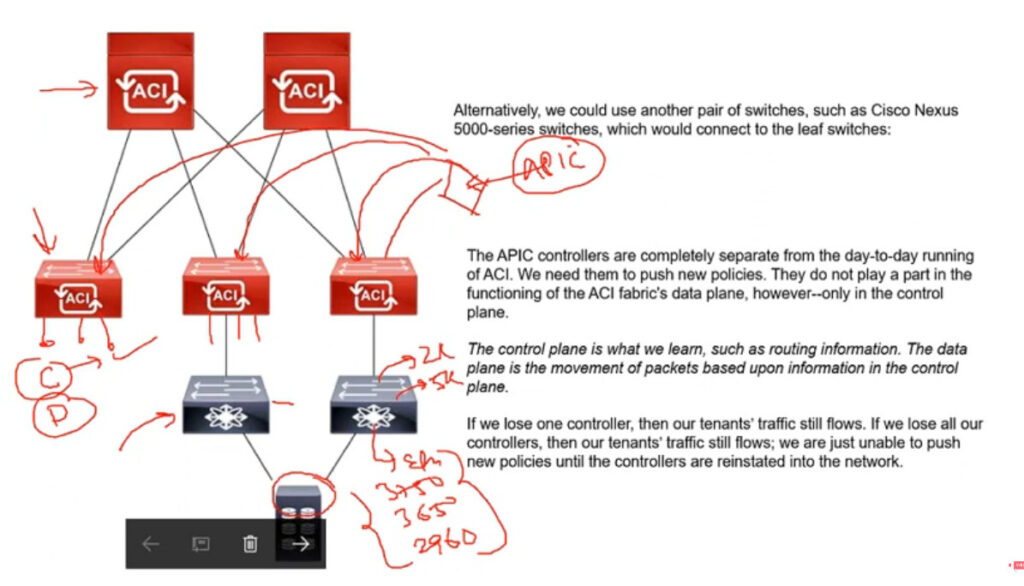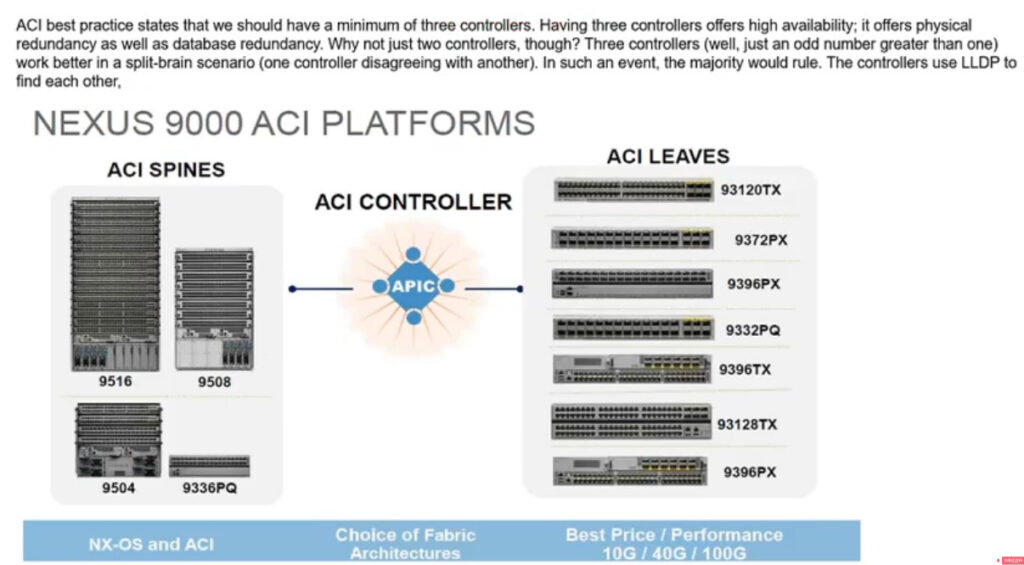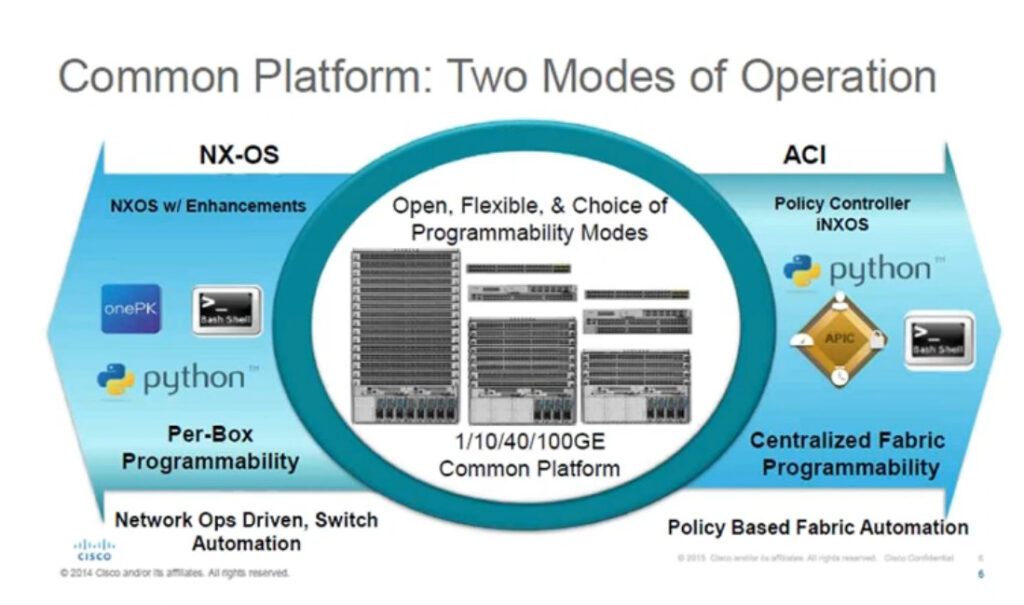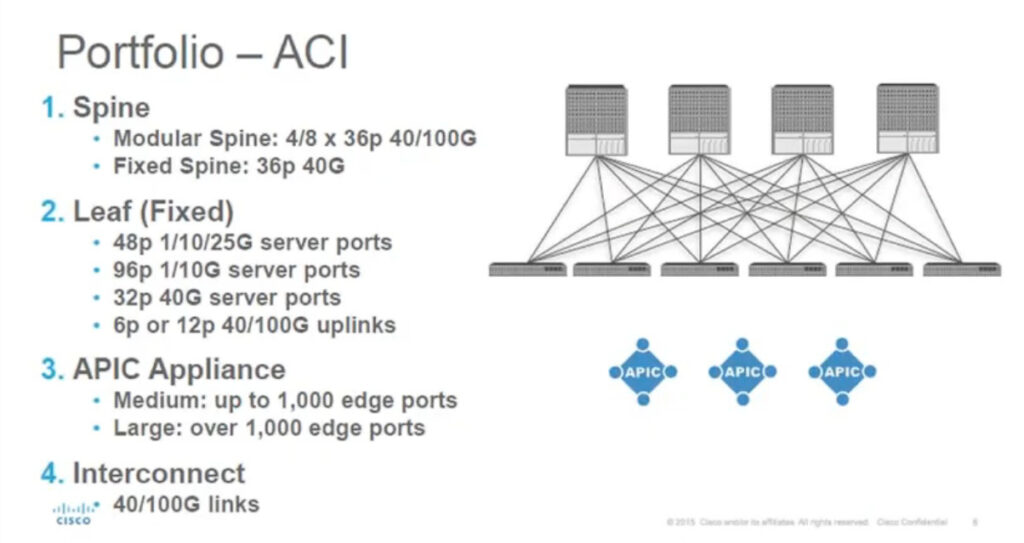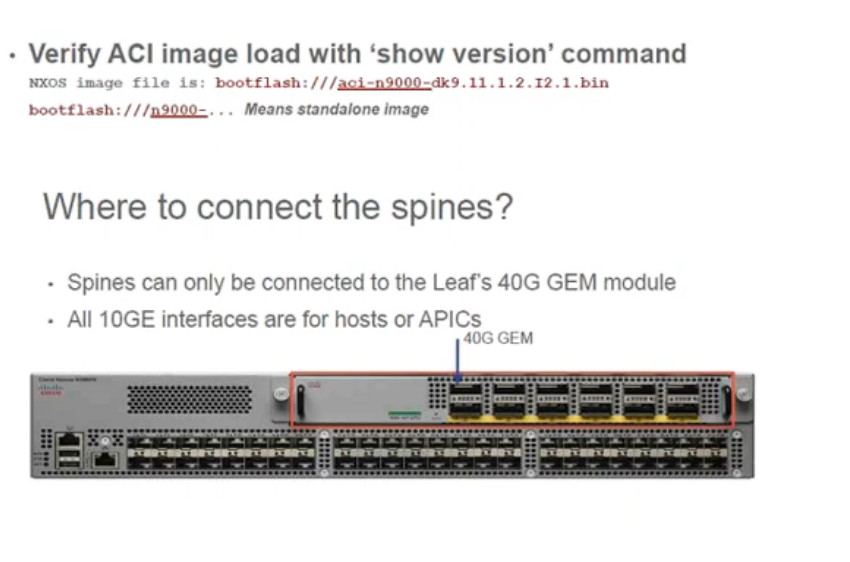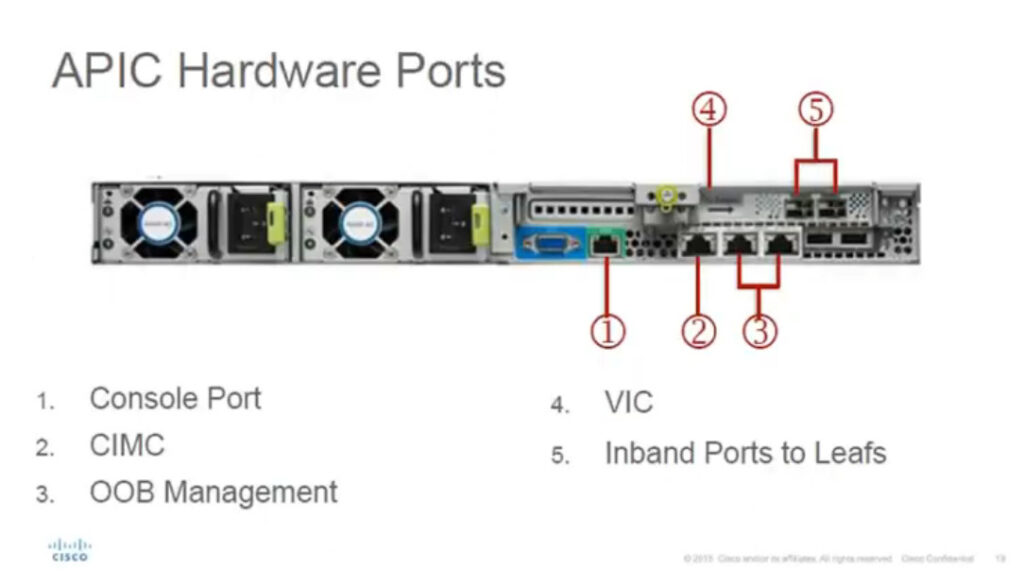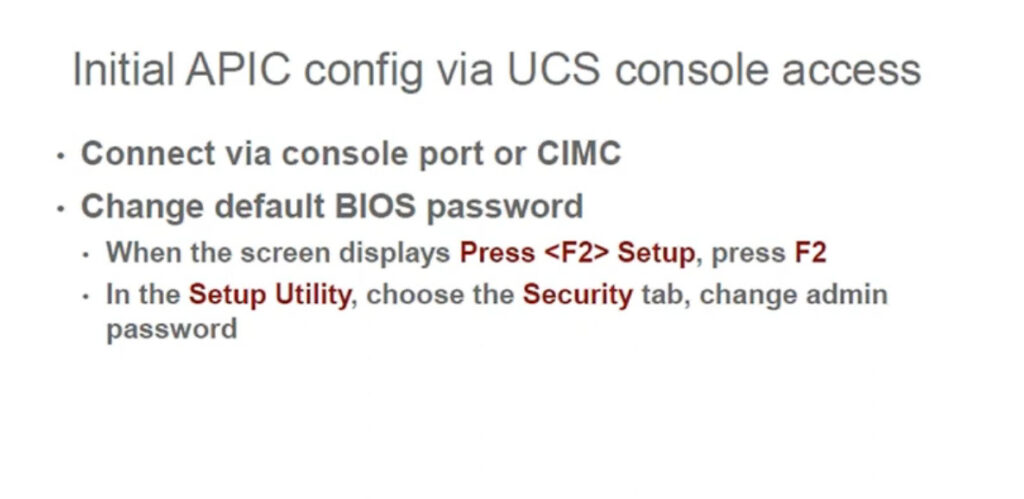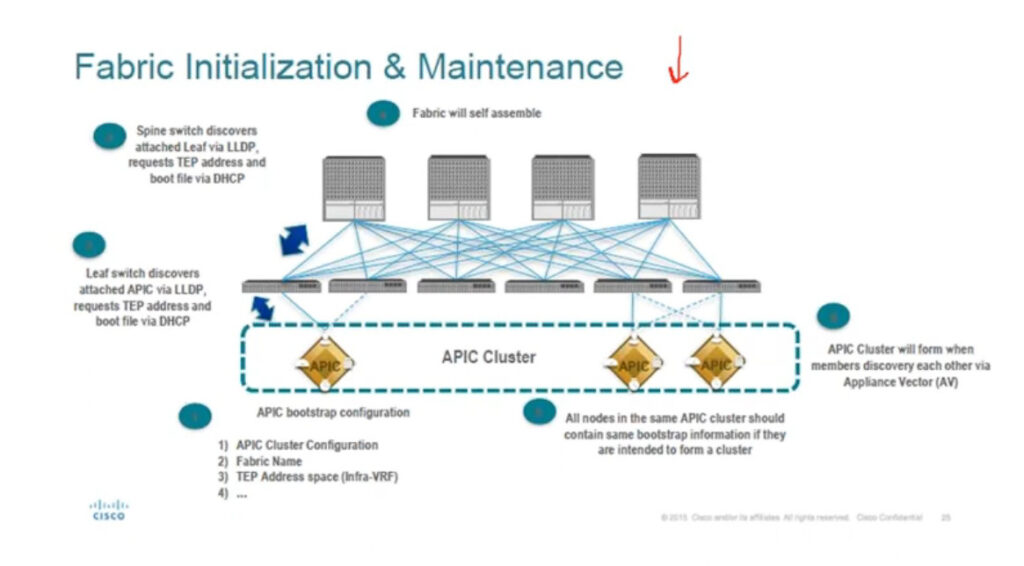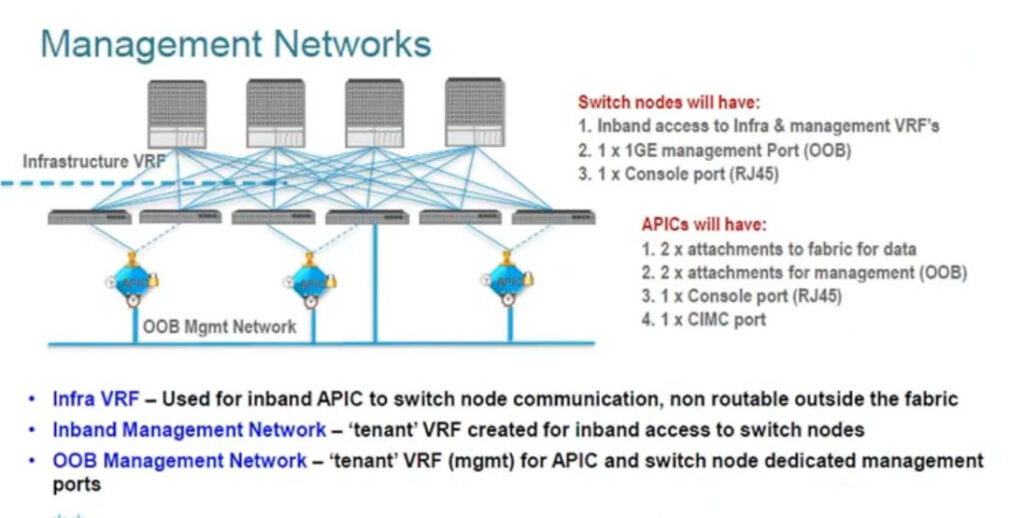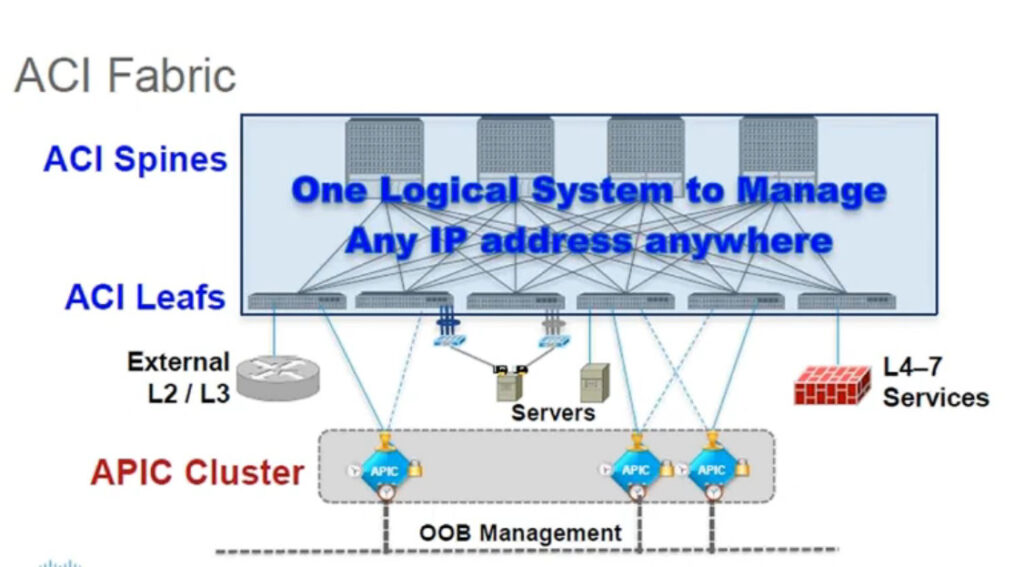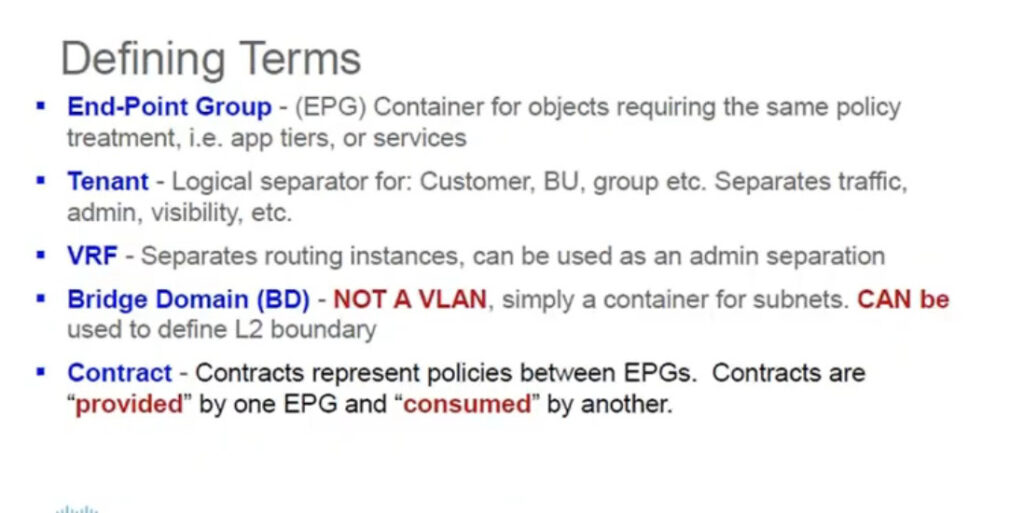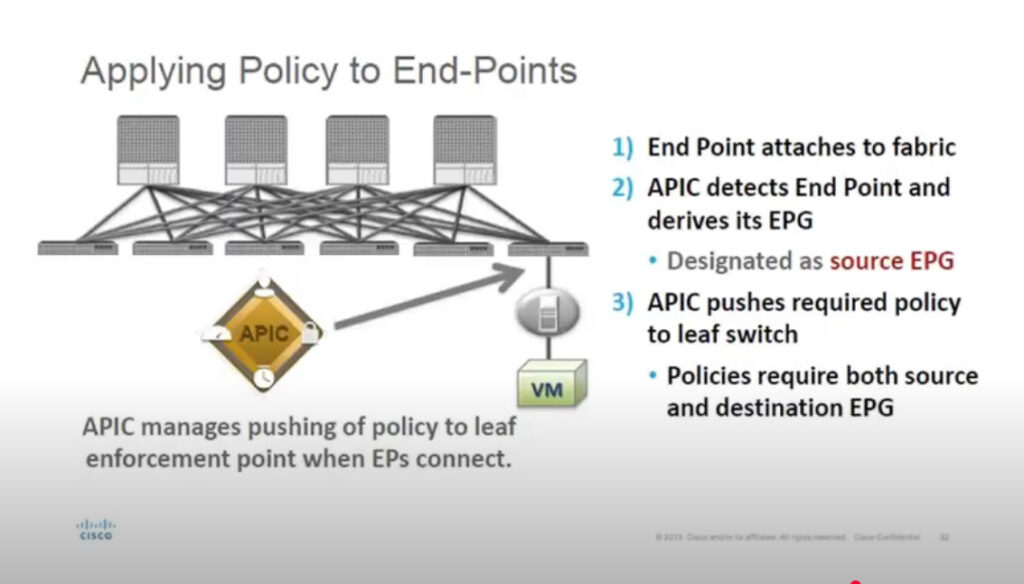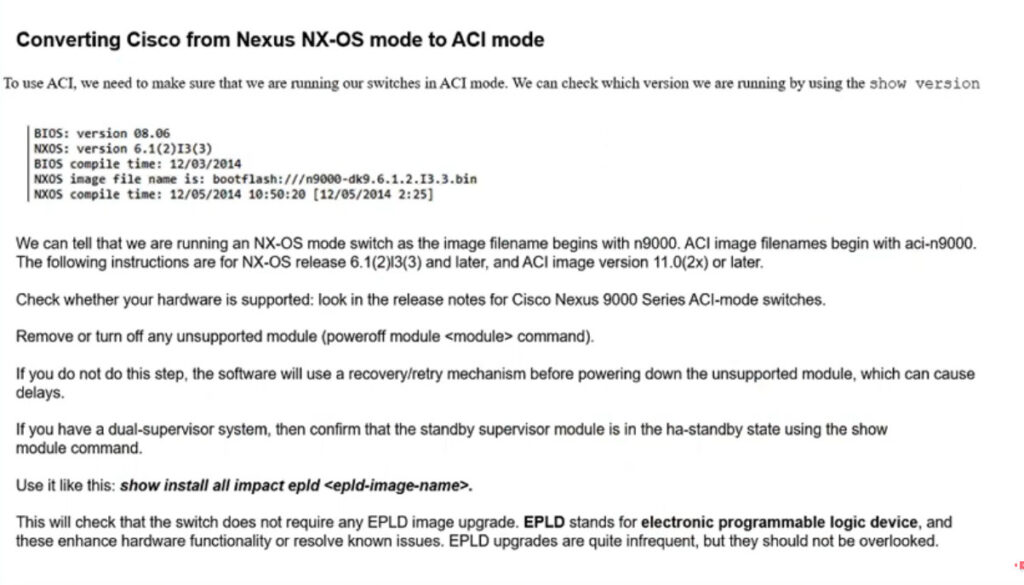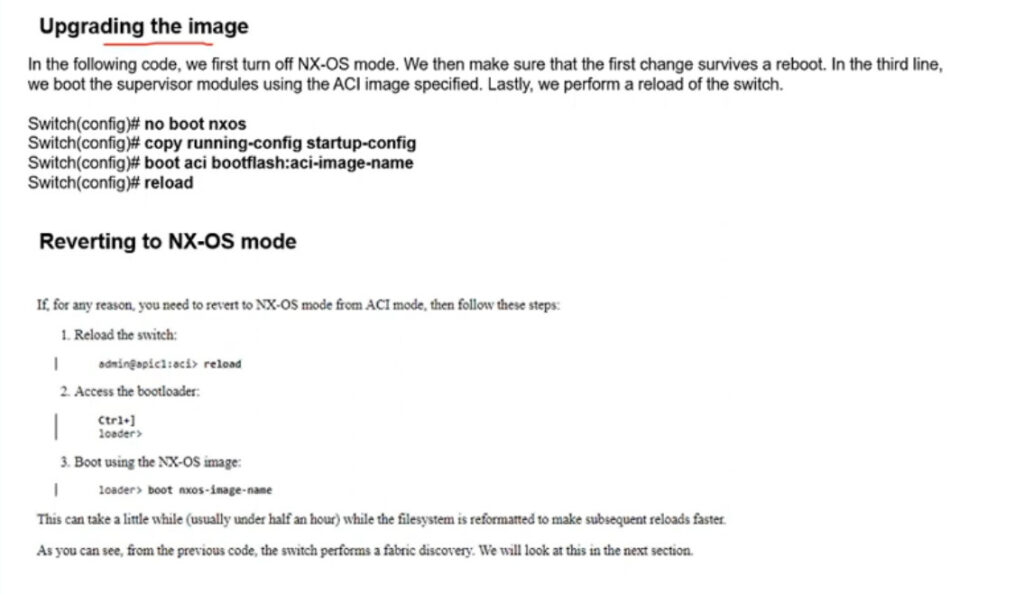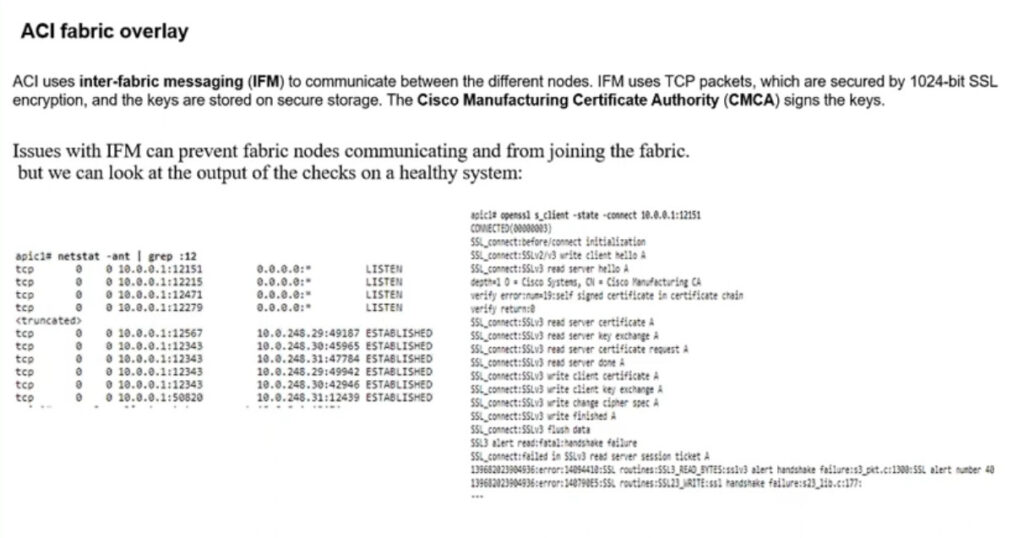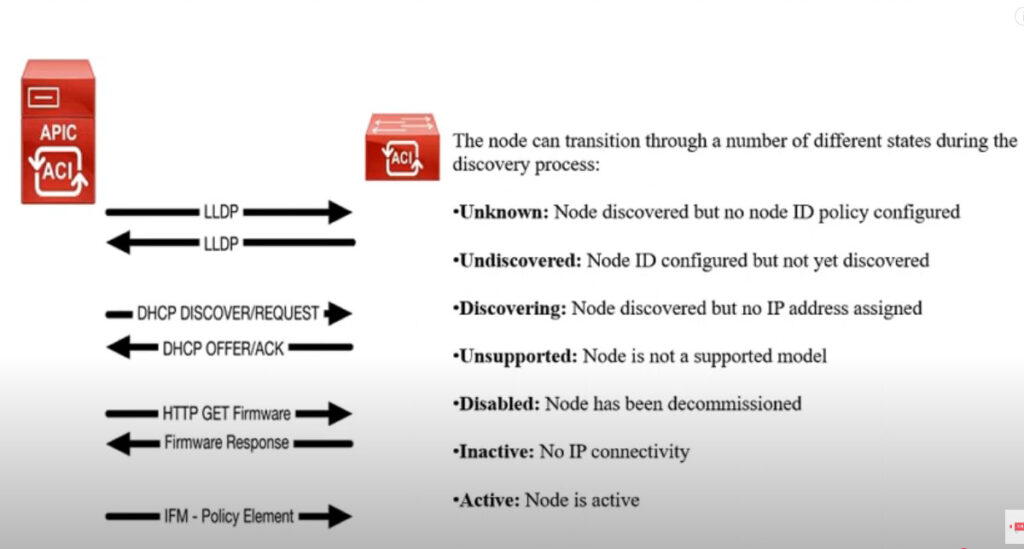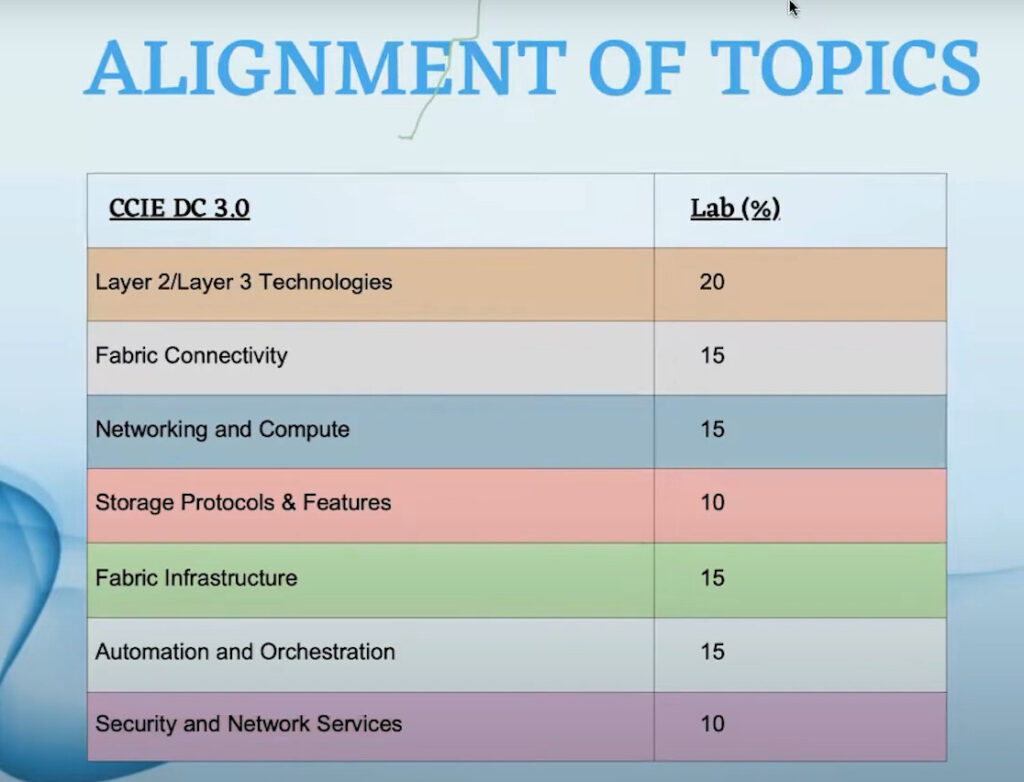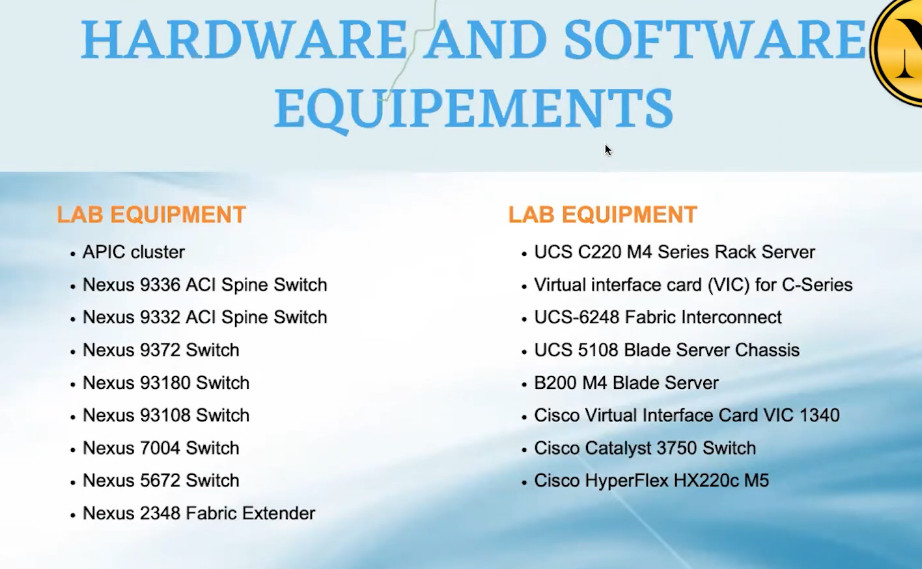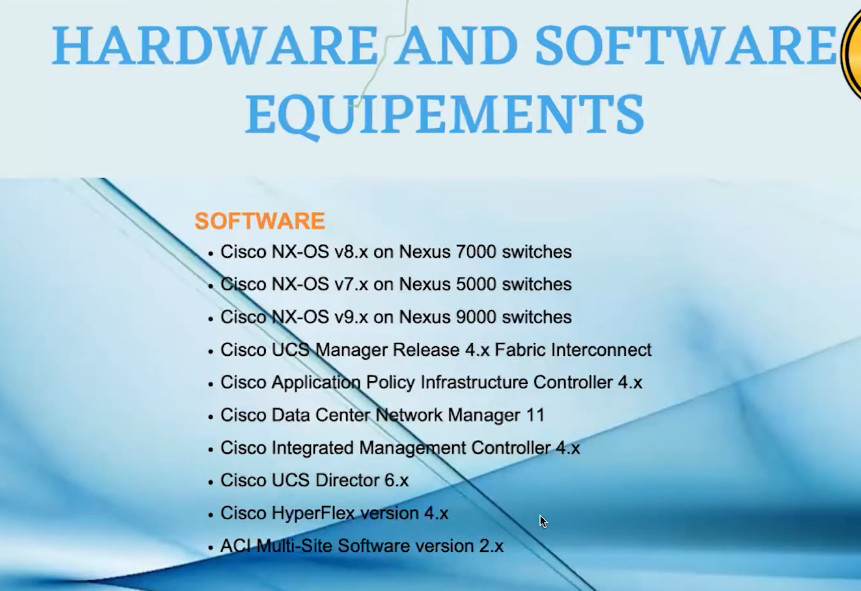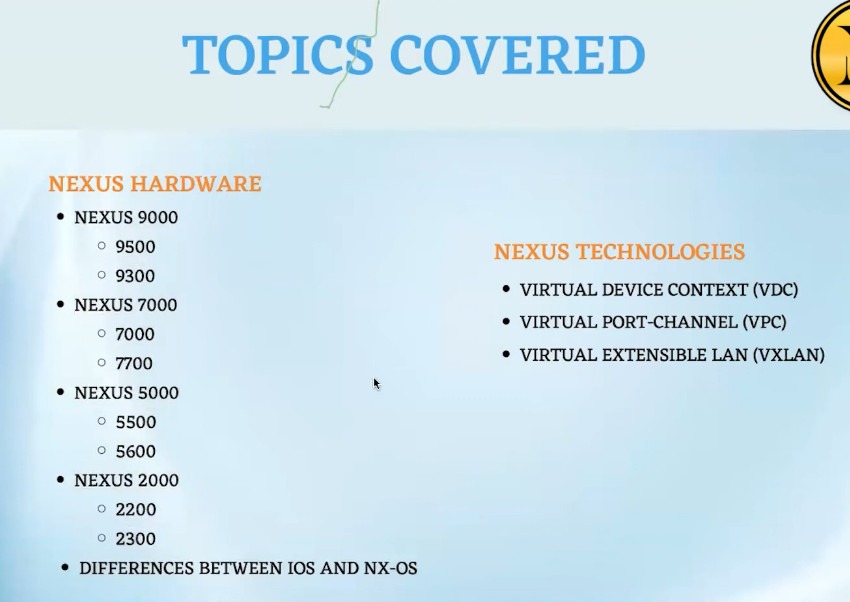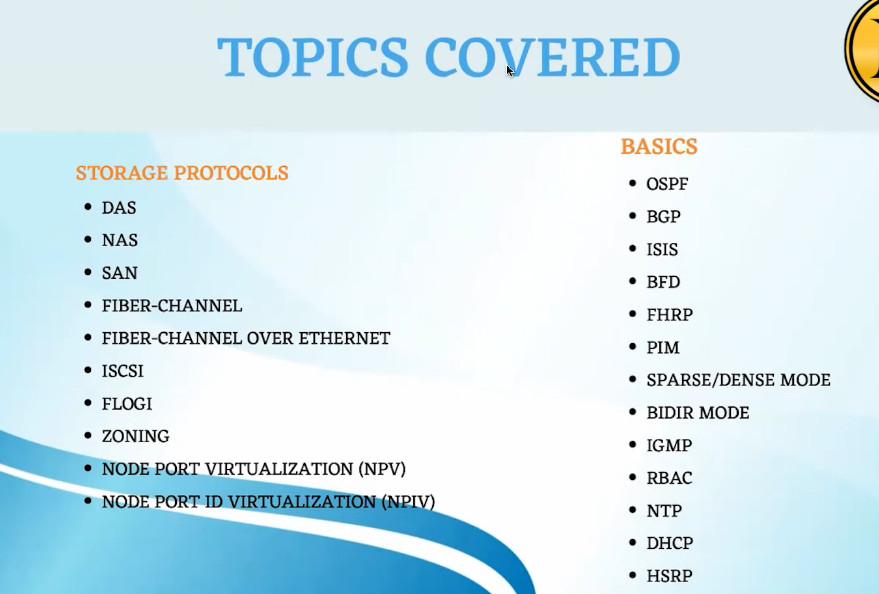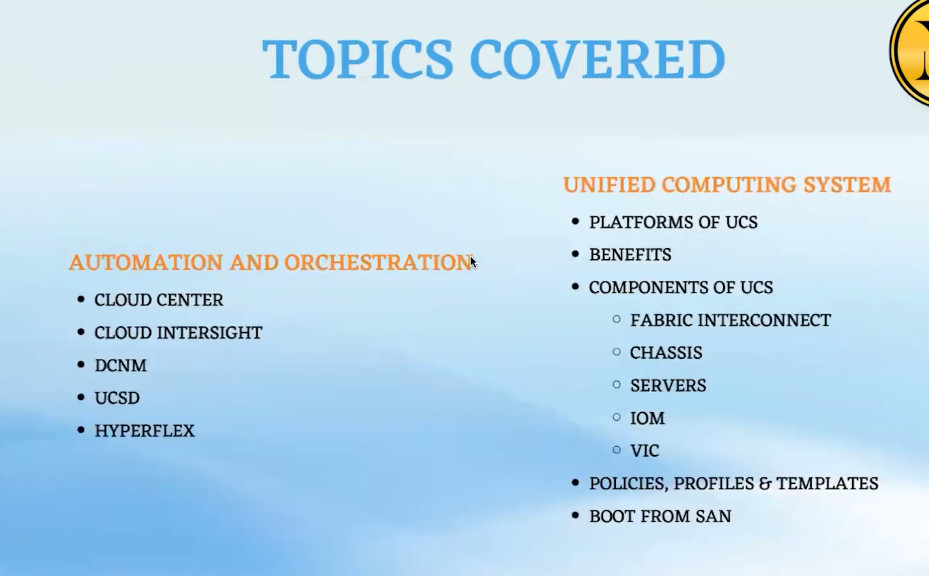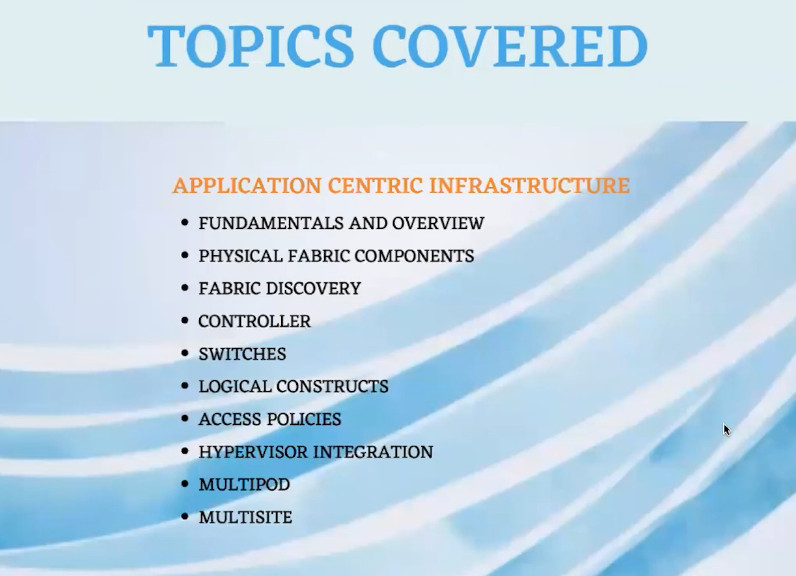- 8777701917
- info@saikatinfotech.com
- Basirhat W.B
Cisco ACI (Application Centric Infrastructure) is a comprehensive SDN (Software-Defined Networking) solution that provides an integrated architecture for managing both physical and virtual networks in a data center. It enables network automation, application optimization, and centralized management. Below are some key details about Cisco ACI:
Cisco ACI consists of several core components that work together to deliver a unified networking solution:
Cisco ACI is a comprehensive and scalable SDN solution designed to meet the growing needs of modern data centers and enterprise networks. It provides a policy-driven approach, integrating automation, security, and real-time analytics to optimize both physical and virtual networks. It is especially well-suited for organizations seeking to streamline network management, enhance application performance, and achieve a more secure and agile IT infrastructure.
In Cisco ACI (Application Centric Infrastructure), the leaf and spine switches are the core components of the network architecture that enable a high-performance, scalable, and fault-tolerant network fabric. These switches work together in a Clos network topology, ensuring efficient traffic distribution and minimal bottlenecks.
Cisco’s Nexus 9000 series switches are primarily used in ACI architectures. Both leaf and spine switches are part of this series, providing the foundation for the ACI fabric.
Leaf Switches: These are the switches that connect directly to endpoints, such as servers, storage devices, or routers. They also connect to the spine switches.
Spine Switches: These switches connect to all leaf switches but do not connect directly to any endpoint devices. Their primary function is to handle traffic between leaf switches and provide high-bandwidth connectivity across the network.
Here’s a breakdown of the key models within the Cisco Nexus 9000 series that are used in leaf and spine configurations:
Nexus 93180YC-FX
Nexus 9396PX
Nexus 9336C-FX2
Nexus 93108TC-EX
Nexus 9500 Series
Nexus 9508
Nexus 9504
Nexus 9336C-FX2
The Cisco Nexus 9000 series offers a wide range of switches that can serve as either leaf or spine switches in an ACI deployment. The leaf switches (e.g., Nexus 93180YC-FX) handle the access layer by connecting to endpoint devices, while the spine switches (e.g., Nexus 9500) provide the high-capacity interconnects between leaf switches, ensuring performance and scalability in the network. This design enables an efficient, resilient, and high-performance data center network fabric.
